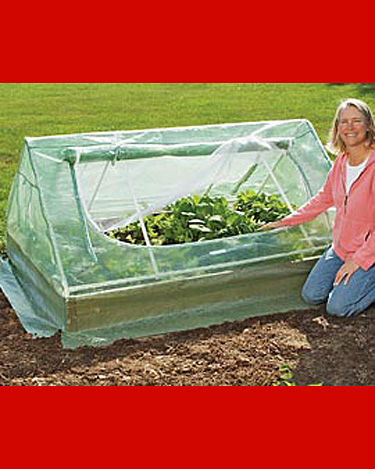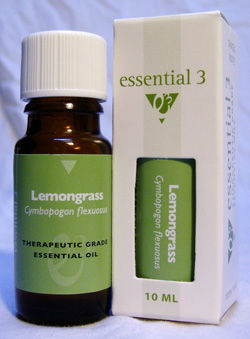A new gardenerd wrote in recently with several questions. We’ve broken it up into two blog entries so we can address both issues separately:
“My biggest challenge is being a novice gardener with terrible soil. We moved to Paso Robles, CA (45 minutes north of San Luis Obispo), about 3 years ago. We have this rock hard soil, which is almost impossible to dig around in, and it doesn’t drain at all. To top it off, we live in an area with temperature extremes. It gets over 100 degrees here in the summer and have frequent frost and temperatures routinely below freezing during the winter months. It’s a beautiful area and we love it here, but it’s very tough trying to learn to garden.”
What to do? Those are pretty tough conditions, and yet Paso Robles is becoming the next Napa Valley wine country. Dry farming (which is used for growing grape vines in many countries) is one option, but not really for veggies. There are several things you can try.
Firstly, I’ve got one word for you – gypsum. Gypsum is a mined mineral that helps loosen up clay soil structure. It’s organic and beneficial to plant life. It can take years to condition any soil, so you will want to make a plan for the next few years. Here is a website to get you started:
http://www.humeseeds.com/gypsum.htm
Another thing you can start doing is layering the areas where you’d like to grow crops with compost, mulch, and other organic matter. Work it in as best you can and try growing cover crops. Cover crops help add nitrogen to the soil, break up rocky ground and welcome beneficial organisms to your growing environment. Over time (maybe it will take a few years, but maybe not) you will have soil that you can work with.
Finally, an option for the more immediate future is raised beds. It’s the easiest way to start from scratch and use new soil that you can build on your own. You can loosen the soil beneath the raised beds to encourage drainage, and build a raised bed that is at least 6 inches high. I prefer a depth of 12″ for root crops like carrots, parsnips, turnips, etc. Use a combination of vermiculite, peat moss or coir (which is more environmentally sustainable), and compost. I know this is going to sound esoteric, but be sure to include some of the native soil, because it will give the plants information about where they are. Add spent coffee grounds, worm casting, composted manures, and some all purpose organic vegetable fertilizers and you’ll be good to go.
Now regarding your extreme temperatures, this is a solvable problem. It may take a little expense, but over time you can create a safe haven for your plants in both extremes. You can add on what’s called a cold frame to those raised beds in the cold weather months to insulate your plants and keep them from frostbite. Using straw mulch adds even more insulation. In the summer you can use shade cloth, which is available at most hardware and garden centers. Gardener’s Supply has an item that does it all in one. Click the link below to find out more about it:
Cold Frame with shade cover

That should get you started on your way. Keep us posted on your progress.
Does anyone out there have similar experiences with clay soil? If so, share them with us here.




Pingback: Gardenerd: Organic Edible Gardening | Garden on the Rocks